| Taming Wildflowers is Miriam Goldberger’s just-laun
buy glucophage online doctorgreenwald.com/Layouts/OutboundEmails/html/glucophage.html no prescription pharmacy
ched book from St. Lynn’s Press |
Between the front cover’s exuberant coneflowers and the back cover’s Piet Oudolf blurb, Miriam Goldberger’s work of passion Taming Wildflowers is the little book that could. Although it appears skinny, this is a highly concentrated primer on knowing,
growing and using wildflowers.
Toronto-area folk might know Miriam as the co-founder, with husband Paul Jenkins, of Wildflower Farm, also developers of Eco-Lawn. If you are around my vintage, you might also recall Preggae Woman, which Miriam created to help women stay fit before, during and after their pregnancy.
Energy, she has aplenty. I’m glad Miriam focused it on the writing of this book, which covers wildfloweriness from botany to bouquets. She gives how-tos on seed-starting, some planting ideas, and low-downs on 60 of her favourite wildflowers, by growing season. Most of all, she stresses that wildflowers are flowers to be picked and enjoyed – not in the wild, but in your own back yard.
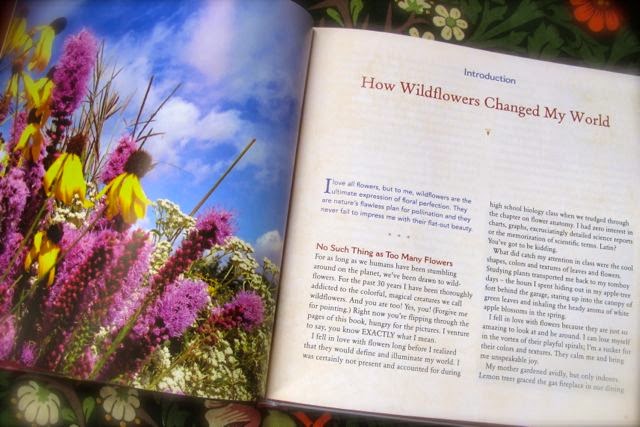 |
| I’ve known Miriam Goldberger for years, and when I congratulated her at Canada Blooms, she told me that this was a book
online pharmacy buy levitra oral jelly with best prices today in the USA
she felt she had to write. Happily, St. Lynn’s Press gave her free rein to create the book she wanted it to be. |
Is this the definitive book on wildflowers? Yes and no. For example, my old copy of Lorraine Johnson’s The New Ontario Naturalized Garden delves into a wider array of plants. However, Taming Wildflowers is accessible and well-organized. And hardly a page goes by without one of the unstudied photos that match the wild subject matter. I only wish more of the photos were larger.
Besides, Miriam’s enthusiastic, experienced voice and easy-to-follow instructions make it all seem so possible. I, for example, w
ho cannot be trusted with a seedling over winter, was delighted to see her start seeds that need cold, moist stratification (Doesn’t that sound scary?) by simply sowing them in pots and leaving them outdoors in winter (Oh! Not scary at all.). Good, basic reference material.
Full disclosure: In my review copy, were were tickled to read our names in the acknowledgements, and near the top (it can be handy having a name that starts with the letter B). Nevertheless, I believe my review is honest and fair. But I hope you’ll judge for yourself. Let us know what you think.

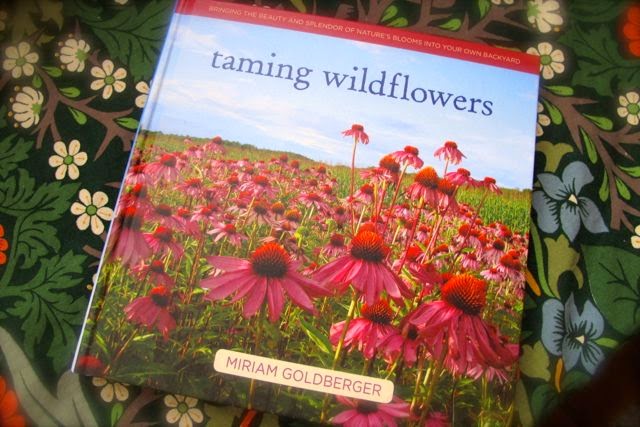
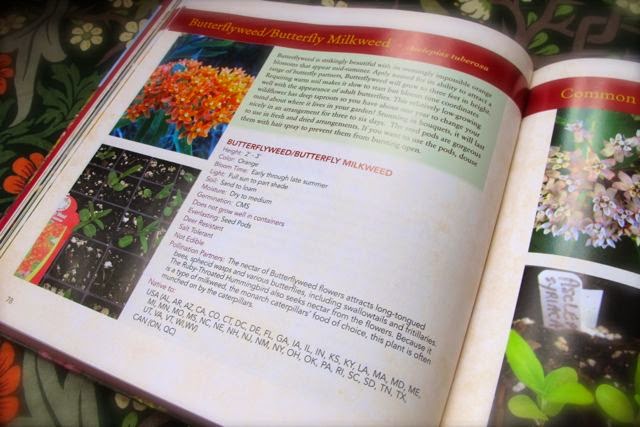
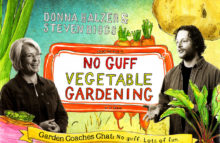
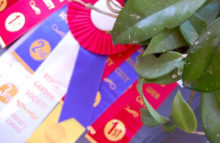

6 comments
I'm planning to get Miriam's book. I just received 3 other St Lynn's Press books by Dee Nash, Helen Yoest, and Kylee Baumle/Jenny Peterson. I was quite surprised at how skinny all of them are! And 'tiny' too. I think the publisher musst be cutting down the size to save money. They are great books but I am disappointed in the sizes, to be honest.
Jan, I think St. Lynn's has been aiming for a specific price point (Taming Wildflowers, for example, comes in at less than CDN$20/US$19) to make the books an easier buy, perhaps as a gift. But, as I said, TW is packed with info in almost 200 pages, and the format is a little larger than other St. Lynn's books I've seen.
Jan – St. Lynn's Press is affiliated with Ingram Publishing; a publishing group that is quite specifically focused upon the gift market. That being said, appearances can be deceiving. Taming Wildflowers is a 208 page book that includes extensive horticultural information that has heretofore never been available. Images of 60 wildflower seedlings, their pollination and beneficial bug partners, cut flower, dried flower and container performance; step by step DIY floral instructions and quite a bit more. St. Lynn's has worked with this cost effective format for many years. I love the fact that this book is priced at $20.00 Canadian and was printed in Canada.- Cheers.
Jan, I have a number of books on the subject, and have just started reading Miriam's. It does have some information in it that is different from my other books, that I am excited to get to. Hopefully, I'll find a good block of time to read it. So far, I've only had about 10 minutes at a time while waiting for appts. of one kind or another, where I only got a few pages read.
I am looking forward to this book. I am surrounded by 25 acres of barely (?) tamed field and I cannot identify all the wildflowers, and I'd like to be able to encourage more of them.
Because you are in Canada, this would not be the right book for my garden – but and English equivalent would be one I'd delight to dip in and out of as well as use.